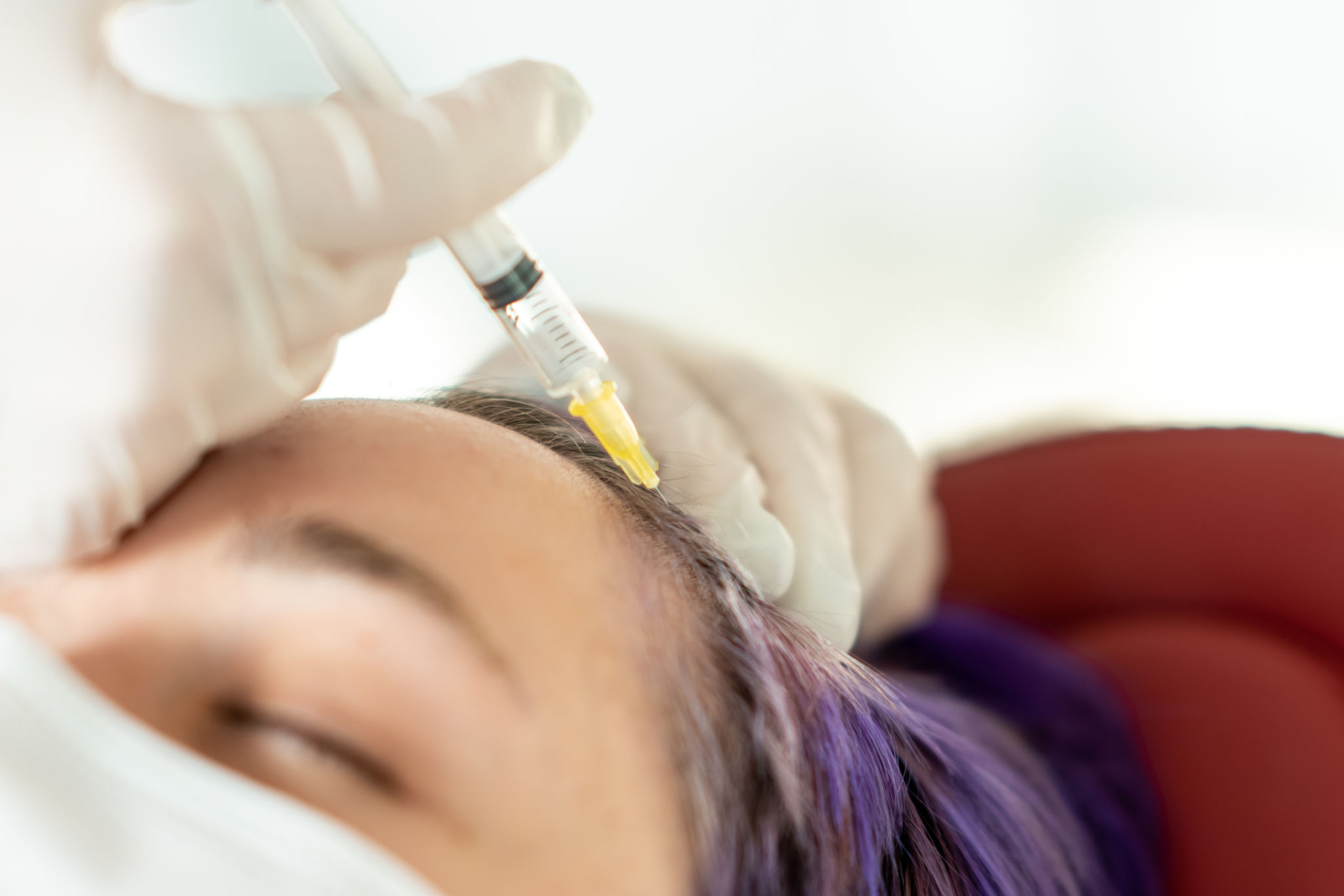Exploring the Effectiveness of Minoxidil for Hair Loss
Ir
Understanding Minoxidil and Its Origins
Minoxidil is a popular treatment for hair loss, commonly known by the brand name Rogaine. Originally developed as an oral medication for high blood pressure, it was discovered that one of the side effects was hair growth. This serendipitous finding prompted the creation of topical formulations for treating hair loss.
Minoxidil is one of the most widely used treatments for androgenetic alopecia, commonly referred to as male or female pattern baldness. Its ability to prolong the anagen phase of hair follicles makes it a go-to solution for many individuals experiencing thinning hair.

How Minoxidil Works
The exact mechanism by which minoxidil promotes hair growth is not entirely understood. However, it is believed that minoxidil enhances blood flow to the hair follicles, providing them with more nutrients and oxygen. This process may stimulate dormant follicles to enter the growth phase, resulting in thicker and longer hair strands.
Minoxidil is typically applied directly to the scalp in liquid or foam form. Consistent use over several months is necessary to see visible results, as hair growth is a gradual process. Users often start noticing improvement after 3 to 6 months of regular application.
Effectiveness of Minoxidil
In clinical studies, minoxidil has shown significant effectiveness in promoting hair regrowth in both men and women. It is especially effective in individuals under 40 years of age who have just begun to experience hair thinning. However, results can vary widely among users, with some experiencing substantial regrowth and others seeing minimal change.
The success of minoxidil largely depends on the extent and duration of hair loss. Those with more advanced hair loss might find it less effective. It is also important to note that once treatment is discontinued, any new hair growth may be lost over time.

Side Effects and Considerations
While minoxidil is generally safe for most users, some may experience side effects such as scalp irritation, itching, or dryness. In rare cases, users may experience more severe allergic reactions or unwanted facial hair growth. It is crucial to follow the instructions provided with the product and consult a healthcare professional if any adverse effects occur.
It's also essential to manage expectations when using minoxidil. As with any treatment, results can take time, and patience is required. Consistency in application is key to achieving the best possible outcome.
Combining Minoxidil with PRP Therapy
Platelet-rich plasma (PRP) therapy involves injecting a concentration of a patient's own platelets into the scalp to promote healing and hair growth. Recent research suggests that combining PRP with minoxidil may enhance treatment outcomes.
A study published in the International Journal of Molecular Sciences evaluated the clinical efficacy of PRP therapy, minoxidil, and their combination in treating men with AGA. The findings indicated that the combination therapy led to a more significant increase in hair density compared to either treatment alone.
Another study in the Journal of Dermatological Treatment concluded that the combination of PRP with minoxidil resulted in increased efficacy of treatment, though it was noted to be less effective in advanced stages of AGA.

Conclusion
Exploring the effectiveness of minoxidil for hair loss reveals a treatment that has stood the test of time due to its proven results for many users. While it may not work for everyone, its accessibility and relatively low risk make it a worthwhile consideration for those struggling with hair thinning.
As always, it is advisable to consult with a healthcare professional before starting any new treatment regimen to ensure it aligns with individual health needs and goals.
